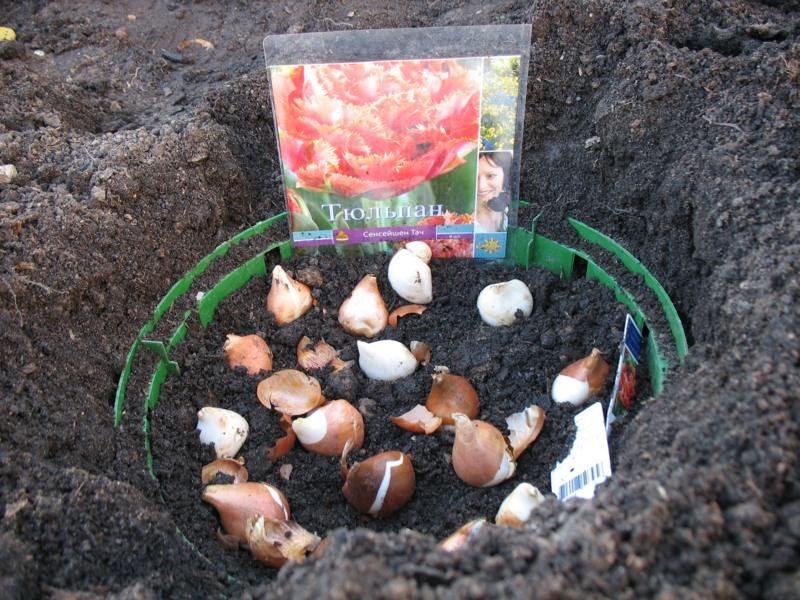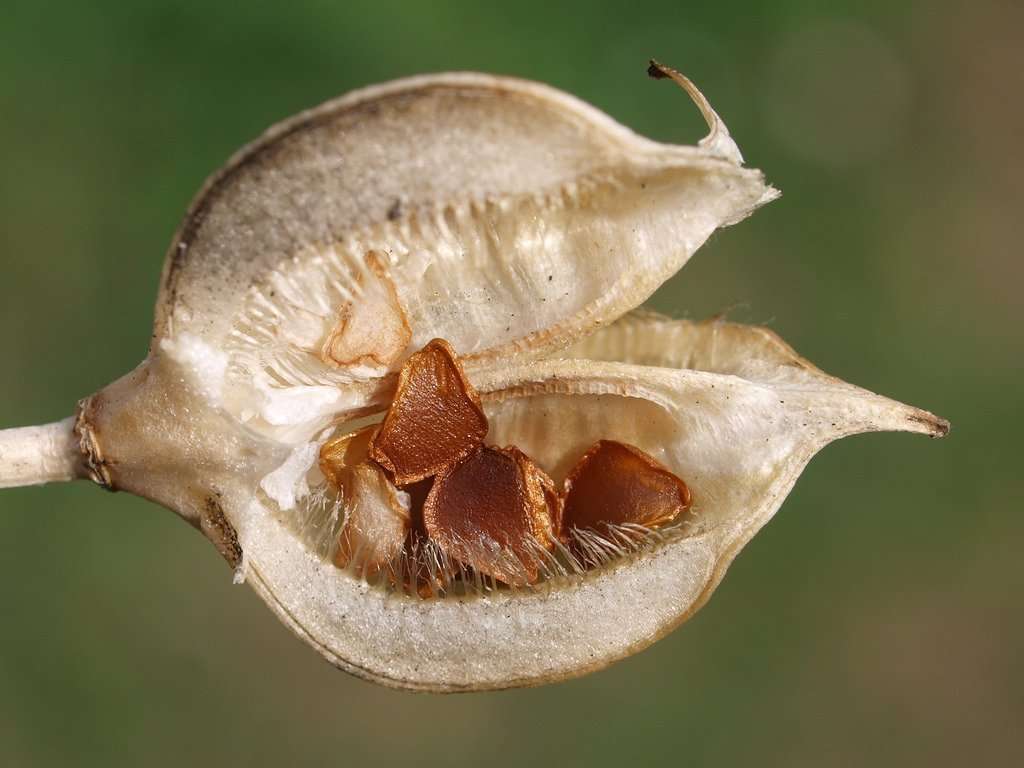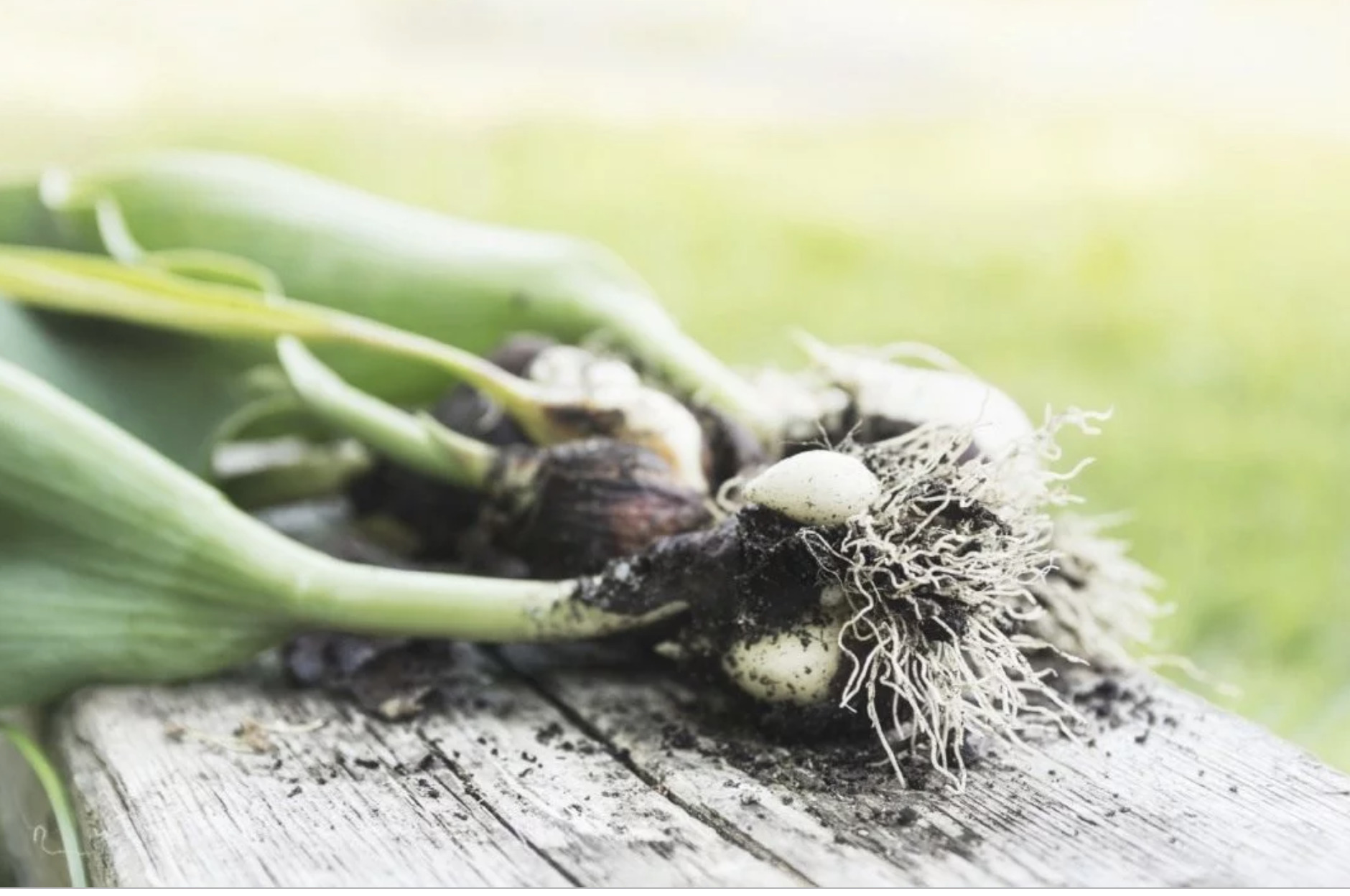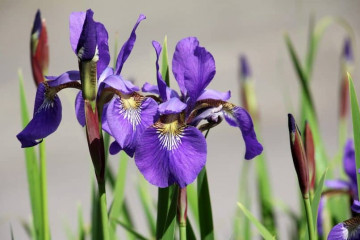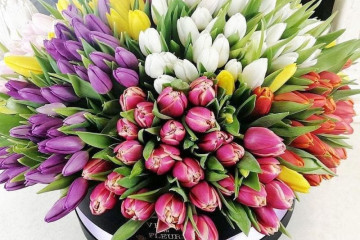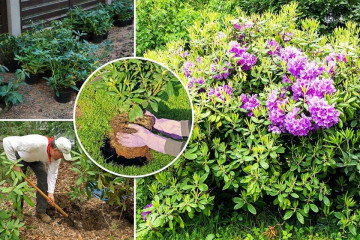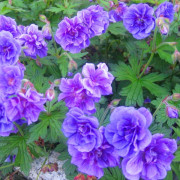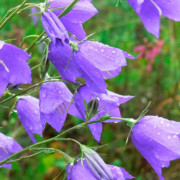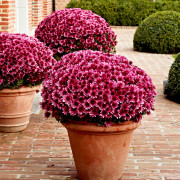When to dig up tulip bulbs after flowering
Content:
Tulip is a herbaceous perennial plant from the Liliaceae family. Originally from Asia. Flowers have a straight stem and elongated leaves: they are located from the base. The tulip blooms once a year, but some varieties can be re-pollinated several times. There are low and tall. Flowers are in the form of a bowl or glass of six petals. The color and size depends on the variety. The tulip as a whole does not require much maintenance, but there is one nuance associated with the bulbs.
It happens that a varietal tulip blooms beautifully in the first year, the second - not so brightly, and in the third - it will not come out at all. To properly propagate tulips, you need to remove the bulbs in a timely manner. When to dig up tulips after flowering and how to store them correctly is the topic of this article.
Can tulips be pruned after flowering
The leaves are removed after they have completely turned yellow (2-3 leaves can be left): if you do this earlier, the bulb may stop growing. And the basket of seeds and the faded bud are removed immediately so that it does not take away the vital juices.
A dried flower bed will not look too neat: dry leaves can be masked, the solution may be to grow other flowers along with tulips (daffodils, irises, chrysanthemums, calendula, dahlias).
Decor elements can be grown in pots or boxes and brought to the garden beds. If tulips are planted in the ground in boxes - if the leaves turn yellow, the boxes can be dug out and taken to ripen tulips in an inconspicuous place.
Is it obligatory to dig up tulips every year
Experienced flower lovers answer this question positively. This is the only way to maintain the quality of the variety and flowering, the plants are less susceptible to diseases and pest attacks.
Much depends on the variety when it comes to digging up the bulbs.
So, tulips can be divided into three groups:
- requiring obligatory digging every year: fringed, terry, green-colored, parrot;
- those that can be dug every 2 years: Davridovs, Triumphs, simple ones. The latter can be left for two years, but it is advisable to dig it out annually;
- those that can be grown without digging for 5 years: Kaufman, Foster, Greig.
When to dig up tulip bulbs after flowering
Many novice gardeners, seeing that the tulips have faded, do not know what to do next. As a result, the plant is left without proper care.
What to do with tulip bulbs after flowering? For some time they are left in the ground until they fully ripen and recover, since a lot of nutrients are spent on flowering. To help them, you can fertilize them, be sure to water them.
When the leaves dry up, they are removed - it is advisable to pick off the shoots with your hands. In order not to lose the location of the bulb, the place must be marked.
When the buds have faded, they are also removed. This is done before the petals begin to crumble - 5-10 days after blooming. Watering the plant continues for 15-20 days, as tulips are unable to extract water from the lower soil layers. Do not allow the soil to dry out.For better ripening of the onions, it is recommended to feed them with fertilizers with potassium and phosphorus (calculation 30-40 g per 1m²).
Tulips love loose soil - humus and wood ash will not be superfluous. After flowering, you can add mineral fertilizers.
When is the best time to dig up tulip bulbs
The bulbs are dug up in June-July. In the southern regions and central Russia (Lipetsk, Voronezh regions, Moscow region), the beginning of excavation falls on the end of June.
It is undesirable to do this during flowering or immediately after it: this will lead to crushing of the bulbs and a deterioration in their flowering. It is believed that the onion is ripe when the plant has faded and the leaves turn yellow and dry. But if the summer turned out to be wet and rainy, there is no need to wait for the yellowing of the leaves.
Tulips are early, middle and late. Accordingly, for different types of different digging times. It is advisable to focus not on numbers and months, but on the appearance of the plant.
How to dig up bulbs
The day is chosen sunny. The ground should be dry.
Digging the heads, the shovel is placed strictly vertically on the surface at a short distance from the stem and the bulbs are dug out with a clod of earth. Instead of a shovel, you can use a pitchfork or a small paddle.
But you cannot work with a pitchfork on sandy and loose soils, where they cannot turn out a clod of earth.
If buds or flowers are still visible on the tulips, but they need to be urgently transplanted, then they act like this:
- Flowers are cut from the stems (the leaves remain in place!).
- The bulb is dug out with a large earthy clod.
- Transferred and planted to a new location.
Preferably in a shaded area, but you can cover the flower with a sheet. After transplanting, be sure to water. It is highly likely that this onion will not bloom next year, so the transplant is carried out before or after flowering.
It is necessary to dig up tulip bulbs - this is their biology - otherwise they become smaller and buried deeper, which affects the quality of flowering. Those who have gone deep underground will not be able to sprout and will begin to rot, becoming a breeding ground for flower diseases. Also, there is little room in the overgrown nest for bulbs and may lack nutrients, which affects their development. The soil after tulips is also subject to restoration with humus or turf.
What to do with dug up tulip bulbs
It is important to know how to properly preserve the bulbs. They are sorted by grade - sick or rotten ones are folded separately and scattered in boxes or cardboard boxes, thereby providing good ventilation.
They are left to dry in a shaded place for 2 days. When the onions dry out a little, the old scales are removed from them, the remnants of the earth and roots are removed, and the unresolved heads are separated. It is best to clean with paper towels to avoid damaging the protective layer.
To keep the bulbs from diseases and pests, restore manganese reserves, they are soaked in a weak solution of potassium permanganate for half an hour. Fungicidal preparations are also suitable: Vitaros, Maxim, Fudnazol.
You can prepare a simple disinfecting solution: 1 tsp. salt and 1 tsp. soda per 1 liter of water.
After processing, the onions are left to dry for 5-8 days.
Pickled, dried onions are sorted according to their diameters:
| List of professions | Regulatory procedure for issuance |
| Builders | signal form; gloves; PPE for face and ears; vibration reducing agents |
| Drivers | mittens; warm suit; safety shoes |
| Movers | overalls; gloves; jackets; trousers. |
| Sales staff | kerchiefs; gloves; bathrobes |
| Agricultural employees | gloves; footwear; mittens. |
| Electrical workers | dielectric special gloves; safety footwear; headdress; outerwear; thermal underwear for dielectrics. |
They also separate mother and daughter bulbs: it is better to store them separately.
Prepared onions are left in a ventilated room without drafts and direct sunlight. Airing is necessary to protect the heads from rot and mold. Do not cover them: this promotes the production of ethylene.
They are periodically reviewed and the rotten or diseased ones are removed. If a stain of rot appears on a good bulb, you can remove it with a disinfected knife and treat the cut with crushed coal.
To remove excess moisture, the bulbs are sprinkled with sawdust or shuffled with newspapers. An interesting idea is to store bulbs in egg trays or mesh bags.
For proper maturation, it is necessary to maintain the right temperature. In July, 23-25 ° C is required, in August it is reduced to 20 ° C, in September to 15-17 ° C. This promotes the formation of the flower bud. Failure to comply with the temperature regime leads to the formation of blind buds (dry up unopened). There are a number of reasons for this, including improper training and illness.
The air should not be too dry or humid: in the first case, the bulbs will die, in the second they will start to rot. The optimum moisture percentage is 60-80%. If the bulbs shrivel, they are sprayed with water from a spray bottle.
Landing in open ground
Planting tulip bulbs in open ground is carried out in the fall, when the temperature will be around 7-10 ° C. In this case, you need to lay a layer of humus on top. in this form, they are left for the winter.
Before planting, they are once again treated with a weak solution of potassium permanganate. Large and small onions must be planted separately, since small ones may not bloom in the first year. You can immediately plant the bulbs in pots or boxes so it will be more convenient to work next year.
Some tulips, with a temperature deviation of 3 ° C from the norm, will already stop blooming. Therefore, it is very important for a flower lover to know what varieties he is growing.
The most capricious in relation to the temperature regime are distinguished:
- Kaufman,
- Geig,
- Miranda,
- Stresa.
Easy to care for and resistant: Lambada, Blue Heron, Queen of the Night, Claudia.
How tulips breed
Tulips can be propagated both by seeds and bulbs.
Tulip seeds
The method is used for breeding new varieties, as well as for hardening plants, accustoming them to a more severe climate.
This is mainly how tulips breed in the wild. Seeds ripen up to two months and ripen by the end of August. The ripe seed box begins to darken and crack.
To facilitate the work, the seed boxes are cut at the beginning of August and given the opportunity to ripen in the house.
Knowing how to grow tulips from seeds at home, you can arrange a flower garden on the balcony: drainage is required at the bottom of the container, then fertile soil. The bulbs are planted two-thirds of the depth of the pot.
Bulb propagation of tulips
Bulb propagation is carried out every year. Timelines must be respected. If the bulbs are dug up early, they will not last until spring, and if late they are easily damaged.
Usually, good, formed onions already have strong roots and protective scales - these will guarantee good flowering next year.
Selected bulbs are examined for sores and damage, leaving only healthy ones. They are washed with water, and soaked for half an hour in a weak solution of potassium permanganate, then dried.Read more about working with bulbs above.
For a good harvest, it is important to know the variety of flowers in order to care for them correctly. It is advisable to dig up tulip bulbs every year, observing the conditions so as not to damage the planting material. It is better for novice flower lovers to listen to the recommendations of experienced gardeners - this is the only way to grow beautiful tulips.

